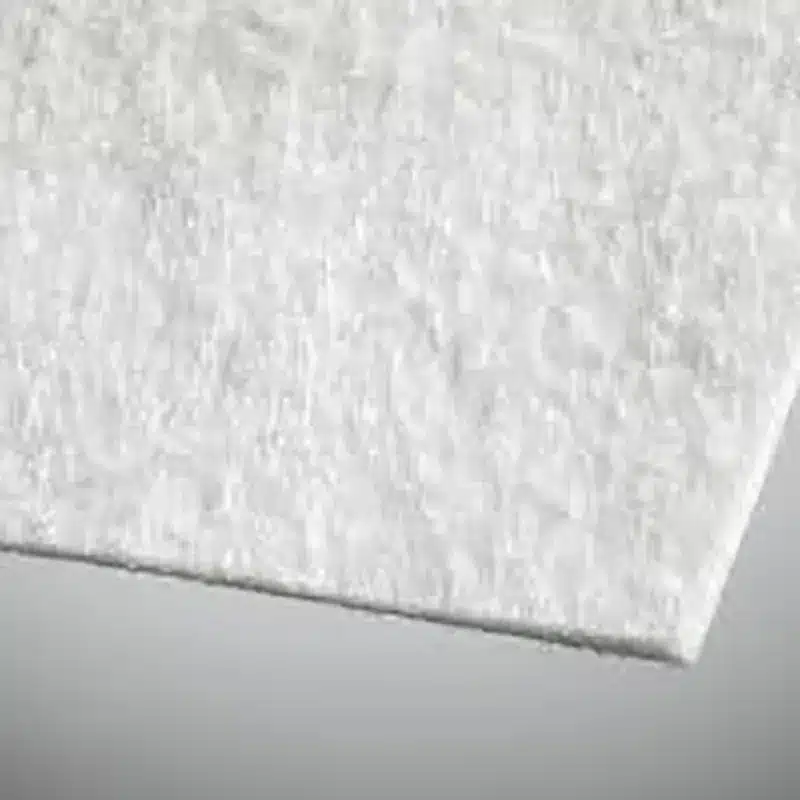+86-159 9860 6917
info@geofantex.com
geofantex@gmail.com
+86-400-8266163-44899
Geotextile fabrics are increasingly used in construction projects, especially in preventing erosion and improving soil stability. When it comes to driveways, erosion can be a significant issue, especially in areas with heavy rainfall or frequent use. Geotextiles provide a simple, cost-effective solution to maintain the integrity of driveways by preventing erosion, stabilizing the ground, and extending the lifespan of the surface. In this article, we’ll explore how geotextile fabrics work, their role in road construction, how to properly install them, and whether woven or non-woven fabrics are best for driveways.
How do geotextiles prevent erosion?
Geotextiles help prevent erosion by acting as a barrier between the soil and the elements, such as water and wind. When placed over soil, these fabrics create a stable surface that allows water to flow through while preventing soil particles from washing away. The material
’
s design allows for filtration and drainage, making it particularly useful in areas where heavy rainfall can cause significant erosion. Additionally, geotextiles serve as a separator between riprap and soil to prevent the soil from eroding beneath the riprap and maintain the riprap’s base. By reinforcing the ground beneath driveways, geotextiles prevent soil displacement and ensure the longevity of the driveway.

What is the purpose of geotextile in road construction?
In road construction, geotextiles serve several crucial functions. Primarily, they are used to separate the soil from the aggregate or other materials used for the road base. This prevents soil contamination, which can lead to instability. Geotextiles also enhance drainage, allowing water to pass through the layers while preventing the buildup of moisture that can weaken the road structure. Additionally, they help to fill gaps between the roads to improve soil structure, improve load distribution, and stabilize the subsoil, ensuring that the road remains intact under heavy traffic loads. In driveway construction, these same benefits apply, ensuring a durable, stable surface.
How to install geotextile fabric for a driveway?
Installing geotextile fabric for a driveway is a straightforward process, but it requires attention to detail to ensure its effectiveness. Here’s a basic guide to installation:
- Prepare the surface: Begin by removing any vegetation, debris, or old driveway materials. The ground should be level and compacted to create a solid foundation.
- Lay the fabric: Roll out the geotextile fabric over the prepared surface. Ensure that it covers the entire area of the driveway and overlaps the edges slightly to prevent any gaps.
- Secure the fabric: If necessary, use stakes or pins to keep the fabric in place, especially in areas with wind or loose soil.
- Add the base layer: Once the fabric is laid down, add a layer of crushed stone or gravel on top. Compact the material thoroughly to ensure stability.
- Finish the surface: Depending on your driveway design, you may add additional layers, such as asphalt or concrete, on top of the gravel.
Proper installation ensures that the geotextile performs its function of soil stabilization and erosion prevention effectively.
Is woven or non-woven better for driveways?
Both woven and non-woven geotextiles offer specific advantages depending on the project requirements. For driveways:
- Woven geotextiles: These are typically stronger and more durable, making them ideal for areas with heavy traffic or larger vehicles. Woven geotextiles provide the crucial stabilization and separation required, while still allowing plenty of water to pass. They offer excellent load-bearing capacity and can handle higher stress levels.
- Non-woven geotextiles: These fabrics are generally better for filtration and drainage, making them suitable for areas where water runoff is a concern. Non-woven geotextiles are ideal if the primary concern is soil erosion caused by water flow.
In general, woven geotextiles are better for stabilizing the driveway under load, while **non-woven geotextiles** are more effective for preventing erosion caused by water.
Geotextile fabrics offer a highly effective and sustainable solution for preventing driveway erosion, especially in regions prone to heavy rainfall or soil displacement. By stabilizing the ground, enhancing drainage, and separating the soil from the driveway material, geotextiles extend the lifespan of your driveway and maintain its structural integrity. Installation is simple and can be done as part of the driveway construction process. Choosing between woven and non-woven fabrics depends on the specific needs of your driveway—whether you require enhanced load-bearing strength or superior drainage and erosion control. With the right geotextile material and proper installation, your driveway can withstand the test of time and weather.



Get Free Sample
We’ll respond as soon as possible(within 12 hours)






















